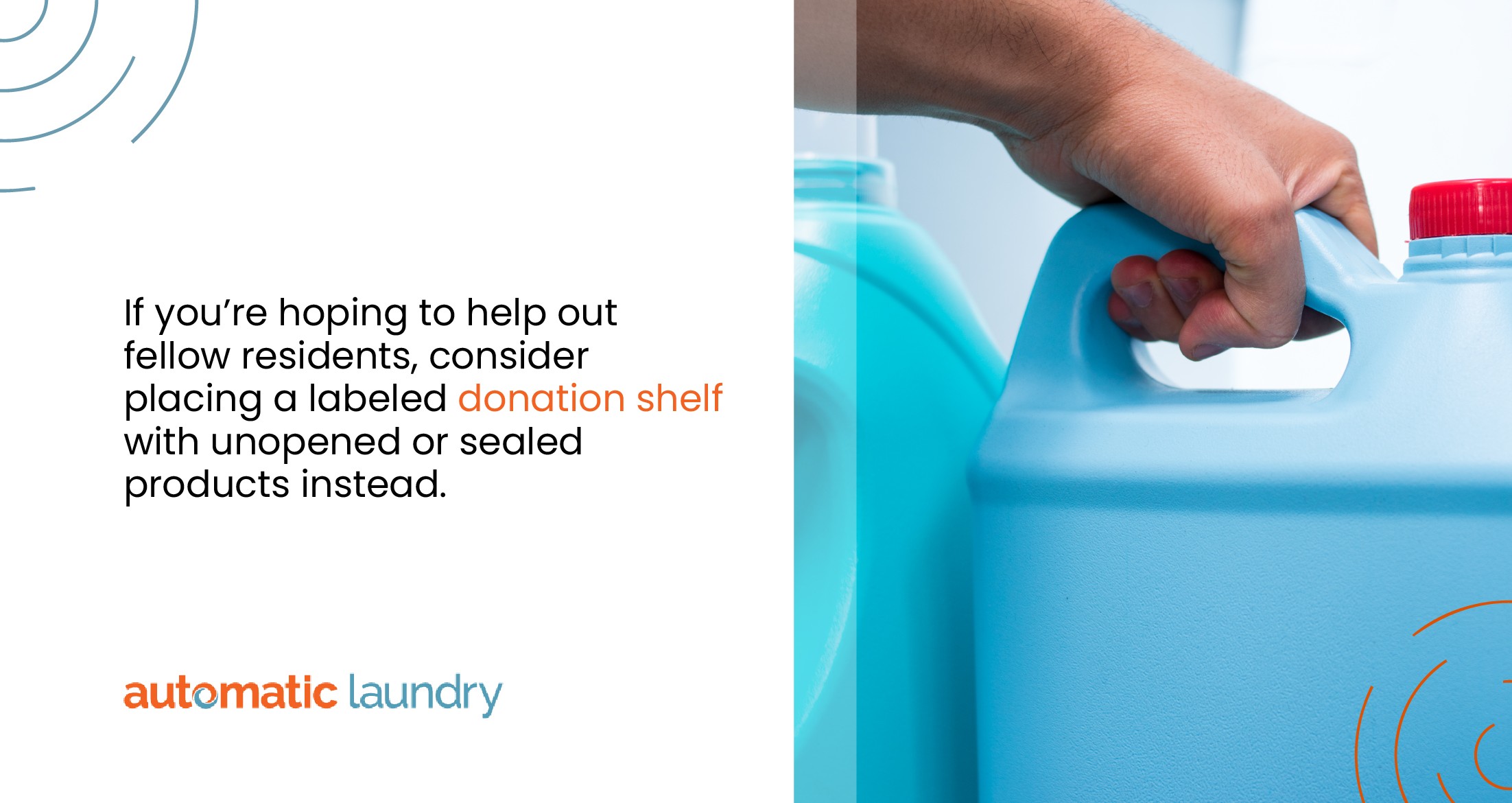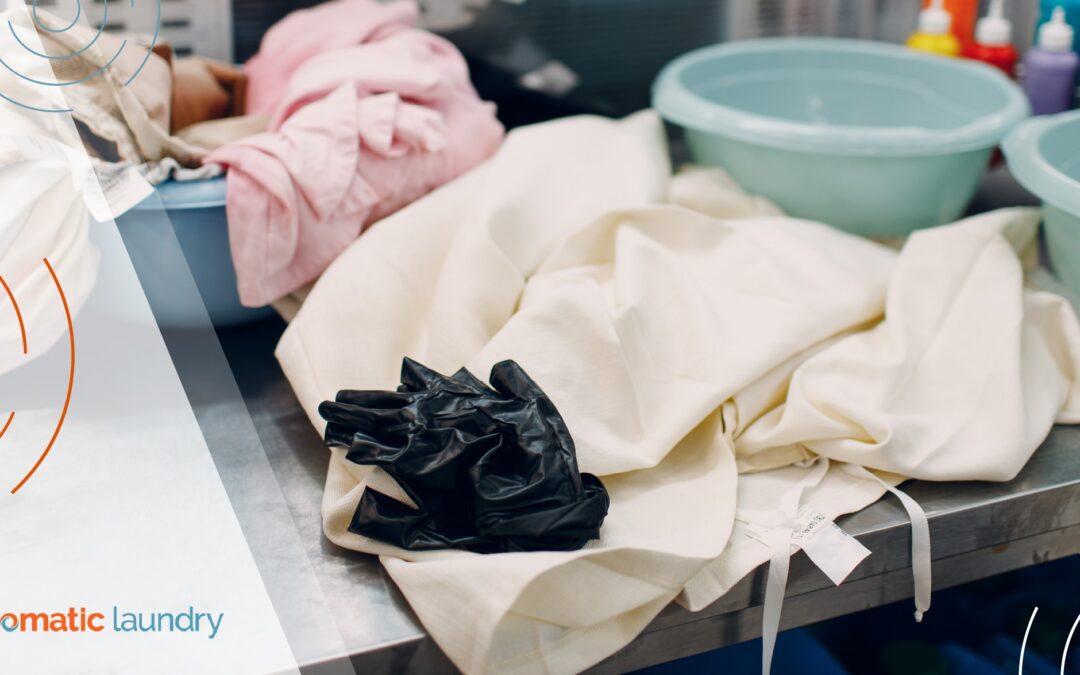In many apartment buildings, condos, and student dorms, the community laundry room can feel like a mess where socks disappear and used detergent bottles multiply. While shared laundry spaces are a cost-effective convenience for residents, they come with their own set of quirks and unspoken rules. Understanding how to navigate this environment with a bit of patience–and humor–can make the experience far more manageable.
Instead of letting laundry day frustrations pile up, residents can take proactive steps to improve their own experience and contribute to a more respectful shared environment. From reuniting lost items with their owners to clearing up detergent clutter, here’s how to solve the most common community laundry mysteries.
1. The Case of the Vanishing Sock
It’s a shared experience in any community laundry room: you start with a pair, but only one sock makes it out. While this might seem like just another laundry annoyance, the scale of the issue might surprise you. According to a recent survey, in the U.K., 84 million socks go missing every month, which is an average of 1.3 socks per person. When you consider the number of shared laundry machines in apartment buildings and student housing, it’s clear how these small items can easily end up misplaced. Beyond the inconvenience, the environmental impact adds up too. Lost socks often end up in landfills, which contributes to textile waste that could have been avoided through better laundry habits and shared space awareness.
If your building doesn’t already have a “sock drop zone”, consider proposing one to your property manager. This simple addition makes it easier for everyone to return wayward items and fosters a sense of shared responsibility in the community laundry space. Some properties even post signs reminding users to double-check their loads before leaving, and these small nudges can make a big difference.
2. Leftover Detergent: Helpful or Hazardous?
That half-used detergent bottle or open box of detergent pods sitting on the folding table can feel like a random act of kindness or a confusing risk. While it may be tempting to use leftover products, doing so can be risky not only for those with skin sensitivities or allergies, but also for delicate or colorful clothing, which unknown detergent types or concentrations can damage. Additionally, opened containers often collect dust or spill into machines, causing unnecessary cleanup.
If you’re hoping to help out fellow residents, consider placing a labeled donation shelf with unopened or sealed products instead. This way, unused items don’t go to waste, but residents can make informed choices. According to an earlier Automatic Laundry blog, keeping the laundry room clutter-free isn’t just about aesthetics; it’s about safety and efficiency for everyone using the shared space.

AUTLA_Blogs_29
3. Managing Wait Times and Machine Etiquette
Few things are more frustrating than hauling a basket down to the laundry room, only to find every machine in use and one load that’s been sitting in a dryer for an hour. Community laundry users should stick to cycle times and remove clothes promptly. Using tools like the LaundryConnect™ app can help residents monitor their loads remotely and avoid monopolizing machines.
Property managers may also benefit from posting a simple laundry room schedule or machine usage guide. These types of proactive strategies are highlighted in this post, which suggests that transparency and reminders improve user behavior. Respecting other people’s time helps maintain a more pleasant shared laundry environment.
4. Mystery Lint Traps and Forgotten Dryer Sheets
If your laundry comes out coated in lint or smells vaguely of someone else’s cologne, a forgotten lint trap or leftover dryer sheet is probably to blame. Emptying the lint trap after each cycle is critical, not only for drying performance but also to prevent fire hazards. Yet in shared spaces, this basic task is often neglected.
The consequences go beyond personal inconvenience. According to the National Park Service, the average residential washing machine uses about 41 gallons of water per load. When lint traps are clogged and machines aren’t properly maintained, cycles may need to be repeated, wasting water, energy, and time. In a busy community laundry room where dozens of loads are run daily, these inefficiencies compound quickly. By taking a few extra seconds to clean the lint trap before and after use, residents are helping to ensure a safer, more efficient, and environmentally responsible laundry experience.
5. Cleaning Up After Spills and Suds
Spilled detergent, puddles from wet clothes, or fabric softener drips can quickly turn a shared laundry room into a slippery mess. These common hazards are not only unsightly but also dangerous. Everyone who uses a community laundry system should clean up their space just as they would in their own home.
Building managers can improve conditions by ensuring cleaning supplies are available, such as paper towels or a mop in the laundry room. According to this blog, awareness of how you use products and machines is important. Responsible usage keeps the shared space clean and reduces maintenance needs.

AUTLA_Blogs_29
Conclusion
Shared laundry doesn’t have to be chaotic. With the right habits, tools, and communication, even the quirks of community laundry life, like missing socks and detergent mysteries, can be handled with ease. For residents and property managers alike, taking simple steps can lead to a cleaner, friendlier, and more functional space for everyone.
Looking to upgrade your building’s community laundry experience? Automatic Laundry services can help implement smart solutions and foster a cleaner, more cooperative laundry environment. Contact us today to learn how.


